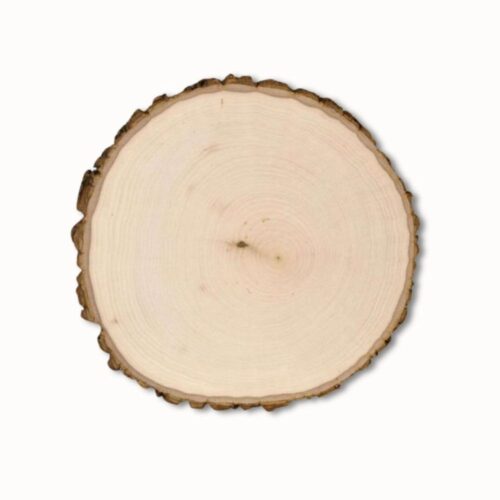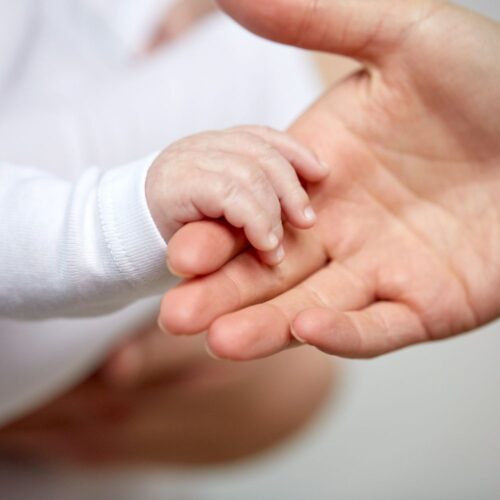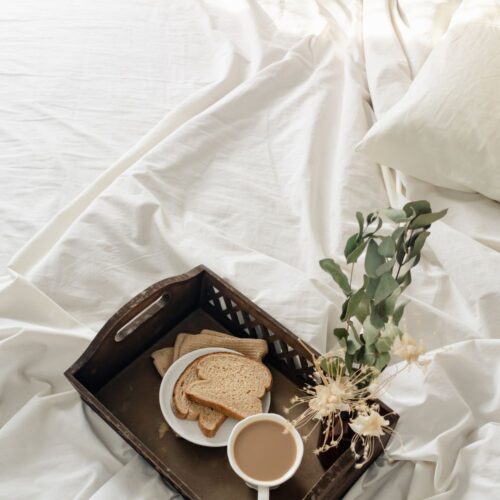
How Creativity Supports Mental Wellness
I remember when creativity felt as natural as breathing. Writing essays for fun, losing myself in dance, getting swept away in books—these were as much a part of me as my own heartbeat. Then motherhood arrived, and suddenly I was treading water in a sea of everyone else’s needs.
The breaking point came after my youngest was born. Postpartum depression settled over me like a heavy fog. One night, scrolling through Instagram, I stumbled across a beautiful woodburned mushroom created by another young mom. Something inside me stirred awake.
“I want to do this,” I whispered to myself in the darkness. “I could do this.”
When that woodburning pen arrived, holding it in my hand felt revolutionary, like rediscovering a part of myself I’d forgotten existed. It didn’t fix everything overnight, but it gave me a tether back to myself—a reminder that underneath all my responsibilities, there was still a person with desires and a creative spark.
The Healing Connection Between Creativity and Mental Health
This personal journey led me to explore why creative expression feels so vital to our wellbeing. What I’ve discovered is that creativity isn’t just a luxury or hobby—it can be essential medicine for our minds and hearts.
Research consistently shows that engaging in creative activities reduces stress hormones like cortisol while increasing those feel-good neurotransmitters like dopamine and serotonin. But beyond the science, there’s something deeply human about the act of creation that speaks to our fundamental needs.
When we create—whether through art, music, writing, cooking, gardening, or countless other forms—we experience a unique kind of presence. The world narrows to just this moment, just this act of making. Our breathing steadies. Our thoughts quiet. We enter what psychologists call a “flow state,” where time seems to soften around the edges.
Have you ever noticed how differently you feel after spending time engaged in something creative versus, say, scrolling social media? There’s a restoration that happens, a coming home to yourself.
Creativity Takes Many Forms
One important thing I’ve learned is that creativity doesn’t have to look like capital-A “Art.” You don’t need to produce gallery-worthy paintings or publish poetry to experience the mental health benefits of creative expression.
For some, creativity might look like:
- Arranging flowers from the garden in a favorite vase
- Crocheting while watching TV
- Experimenting with a new recipe in the kitchen
- Writing reflections in a journal
- Planning and tending a garden (these raised garden beds transformed my growing space)
- Making up bedtime stories for your children
- Finding a new walking route through your neighborhood
- Designing a new yoga flow based on your mood or energy level.
- Rearranging furniture to create a more peaceful space
What matters isn’t the outcome but the process—the way we engage with materials, ideas, and possibilities. The way we bring something new, however small, into being.
What forms of creativity naturally call to you? What activities make you lose track of time in the best possible way?
How Creative Expression Nurtures Mental Wellness
There are specific ways that creative practices support our mental health, regardless of what form they take:
1. Creating provides gentle distraction from ruminating thoughts
When I’m focused on woodburning—watching the line form beneath my hand, making decisions about shading and texture—my anxieties don’t disappear entirely. But they become background noise rather than the main event. This gentle distraction creates breathing room from overwhelming emotions without dismissing them.
2. Creative work builds a sense of agency and accomplishment
In a world where so much feels beyond our control, the act of creating something tangible reminds us of our capacity to shape our experience. Each finished piece becomes evidence: I made this. I transformed raw materials into something new. Even on days when everything else feels overwhelming, this small victory matters.
3. Creativity connects us to our authentic selves
Children create naturally and joyfully, without self-consciousness. Somewhere along the way, many of us lose that freedom. Reclaiming creative expression often means reclaiming parts of ourselves we’ve set aside—our playfulness, our curiosity, our willingness to experiment without guarantees.
4. Creating builds resilience through imperfection
My early woodburning attempts were terrible. Truly awful. But each wobbly line taught me something about the process, and each mistake showed me I could continue despite imperfection. This resilience extends beyond creative practice into how we handle life’s inevitable setbacks.
Have you noticed any of these benefits in your own creative moments, however brief they might be?
Finding Your Creative Path
If you’re feeling disconnected from your creative self, here are some gentle ways to begin again:
Start where you are. You don’t need special equipment, dedicated space, or hours of free time to begin. Can you draw with your child’s crayons? Write three sentences in a notebook? Take a photo of something beautiful you notice on your commute?
Follow your curiosity. What naturally draws your attention? What medium or activity makes you think, “I’d like to try that someday”? Curiosity is often a more sustainable guide than skill or talent.
Embrace seasons. Some periods of life allow for deep creative immersion; others might only offer fragments of time. Both are valid. During my most intense parenting years, creativity looked like jotting down phrases in my phone notes app while nursing a baby at 3 AM.
Release expectations. Creating for mental wellness isn’t about producing portfolio-worthy work. It’s about the experience itself — the way time shifts, breath deepens, and presence intensifies when we engage with creative materials.
The Courage to Begin
Perhaps the most important thing I’ve learned is that creativity isn’t a luxury—it’s a necessity. It’s not something we earn through productivity or deserve only when everything else is finished. It’s a birthright, a way of processing our experience, a conversation with ourselves that nurtures our deepest needs.
What small creative act might you give yourself permission to explore today? What forgotten passion might be waiting for you to remember it exists?
Creating won’t erase all struggles or magically balance all responsibilities. But it might just remind you that beneath all your roles and responsibilities, there’s a vibrant inner life worthy of expression.
I’d love to hear how creativity supports your mental wellness. What forms does your creative expression take? How has it helped you through difficult seasons?




